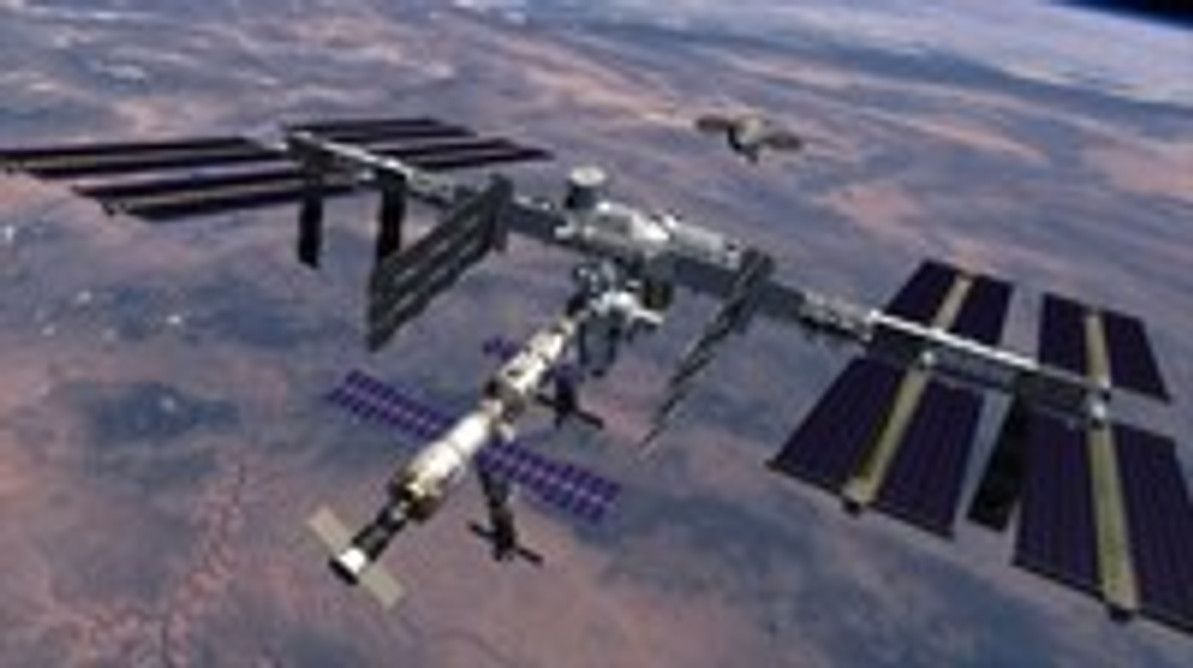Astronauts Work To Fix International Space Station (ISS) Cooling Pump
Two American astronauts, Rick Mastracchio and Michael Hopkins, finished up one of the two spacewalking missions designed to fix a key cooling pump attached to the International Space Station (ISS). While there were some hiccups along the way, both astronauts successfully performed the mission and made it safely back to the ISS. However, news of an Italian astronaut's brush with death earlier this year has forced NASA to postpone the second leg of the ISS spacewalking mission.
Last Saturday, while orbiting roughly 220 miles above Earth, astronauts Rick Mastracchio and Michael Hopkins geared up in their spacesuits and went to work on the now 15-year-old International Space Station. Their objective was to remove an aging ammonia bad with a faulty valve. 10 days before the mission, this ammonia pump line had failed, forcing the remaining cooling line to work in overtime. This led to a significant temperature drop, placing the research and other non-essential projects on temporary hold. NASA considered this an "urgent matter" that needed to be dealt with immediately.
NASA had initially suggested the replacement mission would take half a dozen spacewalks, but their views quickly changed after watching the Mastracchio and Hopkins work in such a fast and efficient manner. The two spent five and half hours spacewalking around the ISS before successfully removing the faulty ammonia pump. In terms of size, the pump is comparable to a standard refrigerator, weighing over 700 pounds. Of course, when you're space, an object's weight has little effect on its maneuverability.
Before Mastracchio and Hopkins were able to head back into space to perform the ISS replacement, they were contacted by NASA whom placed the second leg of their spacewalking mission on hold. Italian astronaut Luca Parmitano had experienced a suit malfunction which caused a dangerously high amount of water to build up. Water buildup inside a suit is completely normal, but there's 'supposed' to be a mechanism which releases it. During Parmitano's mission, however, his suit failed to expel the excess water, nearly drowning him in the process. NASA wants to make sure this same incident doesn't occur with Mastracchio and Hopkins, so they rigged up a space snorkel system for the duo's next mission.
"Some smart engineers on the ground said, hey, this looks like a snorkel you’d use for scuba diving," said NASA officer Allison Bolinger. NASA guided astronauts on the ISS to build makeshift snorkels to use in the event of water buildup in their suit.
Recent Posts
-
Fire Safety in the Workplace: What You Need to Know
What steps are you taking to prevent fires in your workplace? According to the U.S. Occupational Saf …Aug 23rd 2023 -
Is It Safe to Go Jogging With a Cold Infection?
If you're suffering from a cold infection, you might be wondering whether it's safe to go jogging. T …Aug 22nd 2023 -
5 Safety Tips to Follow When Using a Powder-Actuated Tool
Powder-actuated tools are commonly used to join materials to steel and concrete. Also known as Hilti …Aug 20th 2023




